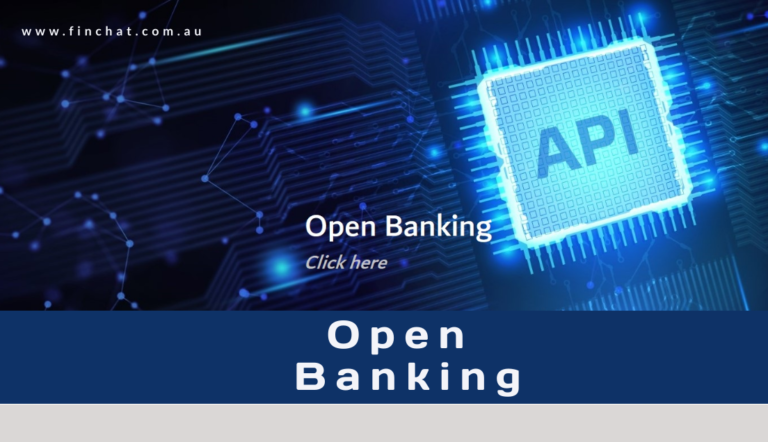The return of Frankenstein
The burden of compliance together with the removal of conflicted selling has seen many dealerships look to tech for the efficiency needed to remain profitable. Should they develop their own tech stack or rely on an existing provider (or both)? Is it time for a new system built from scratch?
Build your own “Frankenstein”
The Netwealth’s2020 Advice tech report examined the available advice tech and produced the quite astonishing “wheel” below. It has over 100 products and there will probably be a lot more in 2021 as fintech accelerates.
Dealerships looking for efficiency may wonder if they should create their own tech stack. Could “cherry picking” from the bewildering choice be the answer? It may, but how would they know? A dealership would need to do a cost/benefit analysis for every product that may be useful. What would the return on investment be? How many years to break even? Does the organisation embrace tech? What training requirements are needed? How would the different products complement or interfere with each other? This is not a dealership’s core business and may be beyond their capability and pocket.
Another factor to contend with is advisers are suffering from “change fatigue”. FOFA and the Hayne commission have changed the industry irreversibly and they now face new education and compliance hurdles. New tech may be a change too far.
Use an existing “Frankenstein”
There are a number of “packaged” financial planning products to choose from offering quotes, modelling, CRM, compliance and more. Most are over ten years old and were developed in the days when banks were among the biggest players in financial planning. selling their own products via a “tied” work force. This “conflicted” business model has been outlawed and the banks have left financial planning. The software has stayed.
As the landscape changed, software providers bolted on new features and capabilities to meet the increased need for compliance and efficiency but most dealerships still need paraplanners to operate the software adding additional time and cost to the process.

Advisers have always rated collecting a client’s details as one of the more painful aspects of the financial planning process. APIs (Application Programming Interfaces) have also been bolted on to planning software allowing clients to enter their details directly as well as upload personal documents. Clients can also view advice documents, transact and digitally sign documents saving an adviser considerable time/cost.
Is it better to use a CRM (Client Relationship Manager) like Salesforce instead of the CRM in the “packaged” software? Can your packaged software handle marketing better than an off the shelf product? Does it deal with social media better than a product like Hubspot? Can your planning software import and export data? Are you paying for more features than you use or need? Helping dealerships build their tech stack may become a new type of business.
Netwealth’s 2020 Advice tech report focuses on the use of AdviceTech and found;
“AdviceTech stars are a select group. Only one in eight financial advice practices can be described as AdviceTech Stars and they have not gained that title by accident. By definition, they are successful businesses with higher average FUA and revenue.”
The report found AdviceTech stars have a “Silicon Valley” mindset and are deliberate in how they invest in technology using many technology tools and vendors as part of their technology stack.
It also noted a shift away from investment and insurance advice only to include other services like accounting, tax, banking and health care.
Build a new financial planning app from scratch

Using multiple tools and vendors can be too complex and increases the risk of duplication. It also requires a better trained, “tech savvy” staff with the right mindset.
Rather than running a “Frankenstein” tech stack it may be time for a new product that directly addresses the modern environment with modern technology. Here are my humble requirements for this product.
The new product will;
1. be a modern CRM providing insights to client data facilitating marketing initiatives to different client segments based on the analysis. It arranges meetings using a chatbot, keeps note of critical events and sends reminders. It will also manage new revenue streams like “deals”, holidays and loyalty programs,
2. automatically provide a new adviser to the system with a web page displaying their profile, logo, capabilities and dealership “look/feel” using details provided as part of the sign-up. This will be a high-quality interface.
3. use this adviser web page as the portal into the new software where a client can update details and upload documents (with digital signing). They can also download an up-to-date health check and other advice documents like a review. These advice documents are automatically updated using the “Open Banking” APIs. Interaction will be simplified using voice. Merrill Lynch for example, provide on-demand, personalised, client videos narrated by Erica, Bank of America’s virtual assistant,
4. utilise voice to make modelling and quote modules easy use, allowing advisers to do much (if not all) the work currently done by paraplanners,
5. have a comprehensive compliance capability, constantly monitoring activity and alerting the adviser and compliance manager of any action taken or required. The compliance manager may be an external third-party “compliance business”,
6. run on the cloud and include features like Zoom so meetings can be done remotely, perhaps reducing the need for a conventional office.
Finchat offers online health checks and fact finds for advisers unwilling or unable to use their software provider’s portal to these features. We are also developing “voice based” planning as we believe voice will largely replace the key-board.
Conclusion
I know a couple of accountants who run their small but successful business with nothing but accounting software. Financial advice dealerships have the additional cost of paraplanners, managers and compliance officers. This cost has to be passed onto clients making it unaffordable for most. According to ASIC (REP 224) 60% to 80% of Australians have never used a financial adviser.



